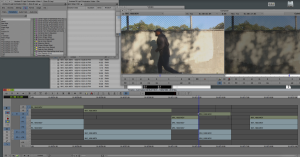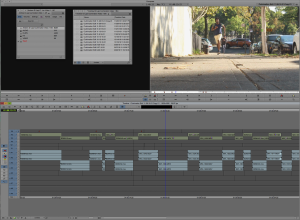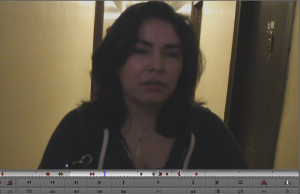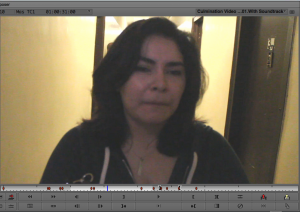The editing software I will be using is called Media Composer 8.5, made by Avid Technology. I will also be using a Logic Keyboard for Avid Media Composer, made by Logitech, which has “Colored specific hotkeys” on the actual keyboard itself and “Each key has a specific function” when it comes to editing in Media Composer 8.5.
I am tasked with mixing and finding and adding Audio & Sound Effects to these video i am working on. I will also be working with shots from different angles as well as adjusting and fine-tuning the color for part of the scenes. (Color Correction). I will be learning this and much more techniques from textbooks such as Media Composer 6: Part 1 Editing Essentials as well as viewing Online tutorials.
Below is a list of i do before i actually start editing in avid in order. Then i will briefly explain what Color Correction is.
- Import media into the Raw partition on my hard external hard drive. (Raw footage) & open Media Composer 8.5. And set up my project settings.
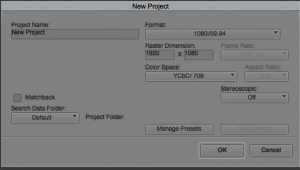
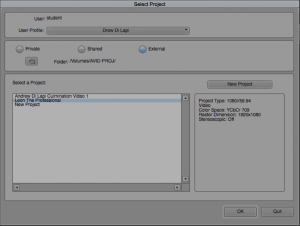
- Now I am going to create my Avid interface. (I set up my hotkeys. Set up Key functions the way I want?) Then create my 4 bins in avid. They all different serve different purposes. And are meant to keep editor the organized while he is editing. And I put the footage in my clips bin.
- I have a bin that holds Audio/sound effects I’m using.
- A bin for Full Video’s. (Sequences) (This bin hold’s the difference sequences you have been putting together.)
- A bin for Clips where I store the Raw Imported Footage I am working with.
- And an FX bin for any Effects or Transitions I might be using.
- Then I create my timeline. This is where I do the editing. It is where your audio and video tracks are. You can create multiple tracks for what you need. (Example of what a timeline looks life with information in it.
- BEFORE I actually start editing (Making cuts.). I review/watch footage so I KNOW EXACTLY what I am working with.
- Then I get down to editing.
Color Correct/Color Grading
When Color Correcting/Color Grading your goal as the Editor is to:
- Fixing exposure problems
- Fixing white balance problems
- Removing distractions: Isolating and manipulating annoying elements that prevent shots from matching each other.
- Creating looks: Stylizing an image to indicate a flashback, dream sequence, or re-creation (my case) or simply to give the entire project a unique feel.

